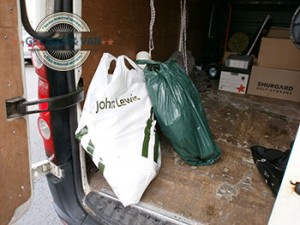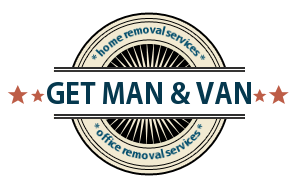 At the moment, British law allows for an employer to financially assist staff who are undergoing a home relocation. This may be a valiant thing to do, but by doing it an employer involves themselves much more than just paying for the man and van removal costs. If a given company has such relocation assistance practices in place, employers (the company) needs to be aware of certain things. One of them is the new set of obligations imposed on employers who wish to do this. Employer assistance for staff home relocation brings specific tax, national insurance and reporting obligations upon the employer.
At the moment, British law allows for an employer to financially assist staff who are undergoing a home relocation. This may be a valiant thing to do, but by doing it an employer involves themselves much more than just paying for the man and van removal costs. If a given company has such relocation assistance practices in place, employers (the company) needs to be aware of certain things. One of them is the new set of obligations imposed on employers who wish to do this. Employer assistance for staff home relocation brings specific tax, national insurance and reporting obligations upon the employer.
Employers can choose which particular item on the relocation expense list to assist with. HM Revenue and the UK Government have provided a basic list of expenses considered valid for most home removals, these are costs to do with:
- Selling the existing property and purchase of a new home;
- Actual man and van removal costs;
- Purchase of new items for the new house (furnishings, appliances etc.);
- Bridging loans, relocation loans etc.
- Other expenses – other expenses may not qualify as open for employer assistance, or they may be subject to different reporting and taxation regulations, uk.gov has a special section dedicated to non-qualifying removal expenses – it is recommended for employers and/or their tax accountants to inform themselves prior to committing to the scheme;
If an employer is to be exempt from reporting and taxation of any staff relocation assistance, they need to meet certain criteria. First of all, home relocation assistance for employees, costing up to eight thousand pounds (8000 GBP) is exempt from reporting and taxation. As long as all of the expenses listed as home relocation assistance are considered as qualifying costs (see bullet list above) then employers are in the clear and do not have any additional obligations toward the government.
The qualifying costs (for the home removal assistance) can be classified as such only if they fall within certain criteria, these are:
- New employee moving house to begin work for the employer/company providing the relocation assistance;
- Existing employee is moving house to continue/remain at work for the company providing the relocation assistance;
- Relocation costs paid by the end of the tax year after the one in which the actual removal took place (if a staff member has moved in twenty fourteen, their employer must pay assistance by the end of twenty fifteen tax year, for them to remain as qualifying costs);
- Employee’s new home is reasonably close to their workplace, but their old residence was not;
If an employer wishes to assist a staff member with bridging loans (as a form of relocation expense, which it well is) then there are different set of regulations applicable. If an employer is to be exempt from reporting and tax on bridging loan assistance:
- The staff member being assisted needs to sell the old house and buy a new one (this could also be done by an immediate family member – spouse, partner etc.);
- There must be a valid financial gap between selling the existing house and the purchase of the new one;
- The financial assistance must be used solely for purchase of a new house, or for covering loans concerning the old one;
- The assistance amount must not be higher than the market value of the old house at the time of its sale;
About the Author:
Prev: « Moving Abroad – Make Sure Your Mobile Device is Ready TooNext: Moving House – Get the Red Tape Out of The Way »









